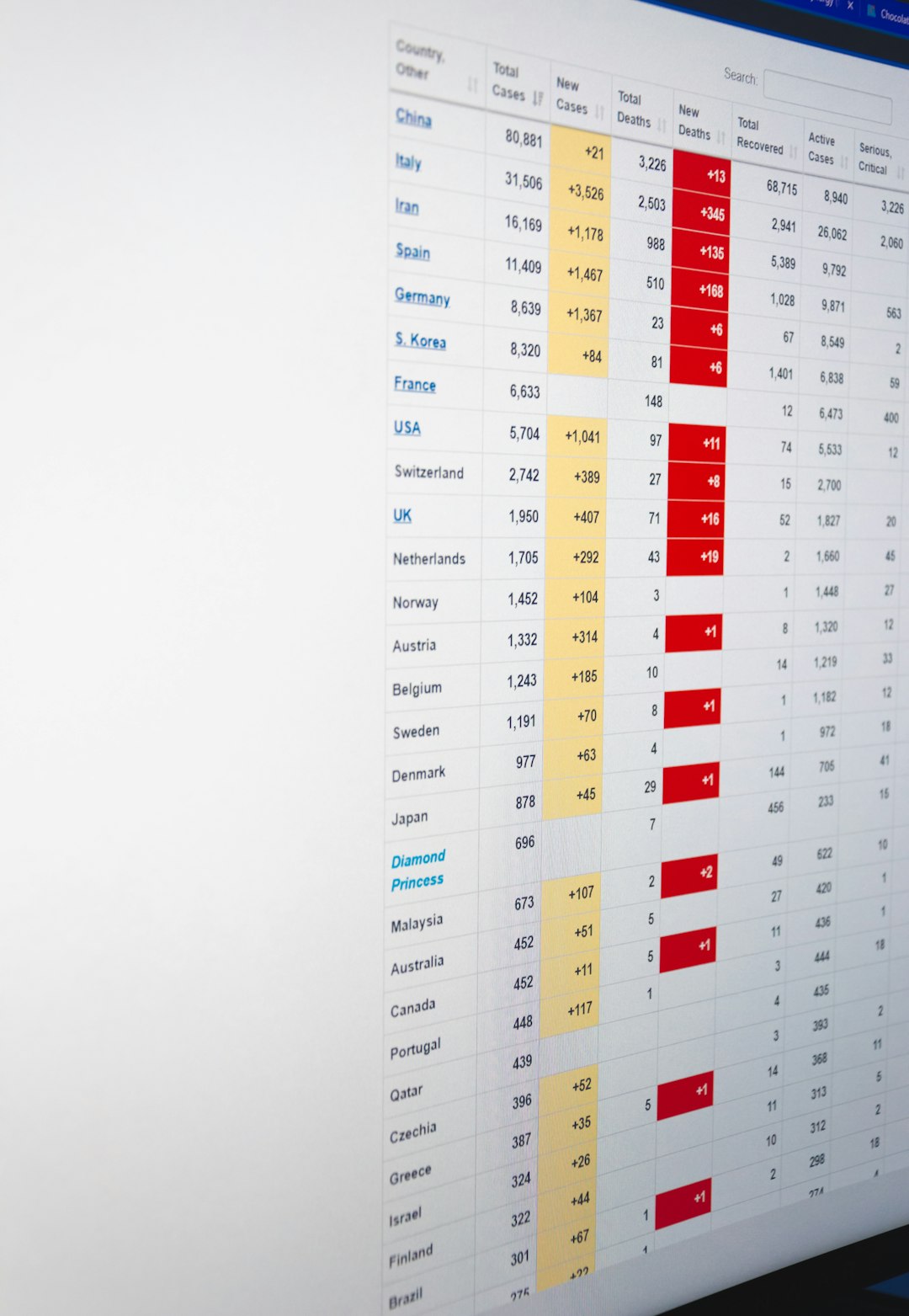Running an online business in 2025 requires more than just a sleek website and trending products. As customer expectations rise and logistics grow complex, eCommerce companies must ensure that operations like inventory, shipping, accounting, and customer service are streamlined. This challenge can be addressed with eCommerce ERP (Enterprise Resource Planning) — a powerful solution that integrates various business processes under one digital roof.
In this comprehensive guide, we break down what an eCommerce ERP is, why it matters in 2025, and how adopting one can transform your online business into a well-oiled, scalable enterprise.
What Is eCommerce ERP?
ERP stands for Enterprise Resource Planning, a type of business management software that allows companies to automate and integrate their core functions. When tailored specifically for online retailers, an eCommerce ERP system becomes the digital backbone of the business, connecting sales, inventory, supply chains, warehousing, human resources, finance, and customer support into a single system.
This integration reduces manual data entry, prevents costly errors, and gives business owners real-time visibility into operations. Whether you sell via your own storefront, a major marketplace like Amazon, or across multiple channels, ERP can unify those data streams into one centralized platform.

Why eCommerce ERP Is Crucial in 2025
The digital market space is growing faster than ever. In 2025, eCommerce is projected to exceed $7.5 trillion globally, with more players entering the field and customers demanding faster service and greater transparency. Without an efficient backend, even the most innovative online stores are prone to collapse under logistical complexity and customer dissatisfaction.
Here are a few reasons why investing in eCommerce ERP in 2025 is not just strategic — it’s essential:
- Omnichannel Management: Customers shop on websites, mobile apps, and social platforms. ERP helps consolidate orders across multiple channels into a single system.
- Real-Time Inventory Sync: Avoid stockouts or overstock by having real-time visibility over inventory levels across all sales points and warehouses.
- Automated Workflows: Automate repetitive tasks, from invoice generation to shipping label creation and tax calculation.
- Compliance and Data Security: Modern ERPs are built to comply with new data regulations and offer high-level cybersecurity features.
- Customer Experience: Empower faster order processing, more accurate shipping, and proactive customer support — all of which boost customer satisfaction and loyalty.
Key Features of a Modern eCommerce ERP System
Not all ERP systems are created equal. To deliver truly transformative results for your online business in 2025, your ERP should offer a wide range of integrated features. Be sure to evaluate vendors based on the following core capabilities:
1. Order Management
Centralizes and automates the processing of online orders in real-time — from intake to fulfillment and delivery. Integrates seamlessly with platforms like Shopify, WooCommerce, Magento, and marketplaces like Amazon and eBay.
2. Inventory & Warehouse Management
Tracks stock levels, manages multiple warehouse locations, and introduces demand forecasting to reduce holding costs while meeting demand efficiently.
3. Financial Management
Supports double-entry accounting, bank reconciliation, auto-generated invoices, tax handling (including global sales tax), and integration with accounting tools like QuickBooks or Xero.
4. Supply Chain & Procurement
Manage supplier relationships, purchase orders, and replenishment cycles with predictive tools that help restock exactly when it’s needed — reducing lag and excess stock.
5. Customer Relationship Management (CRM)
Maintain detailed customer profiles, track purchase history, manage service interactions, and personalize marketing communications based on real-time behavioral data.
6. Analytics and Business Intelligence
Dashboards and customizable reports allow data-driven decisions. From sales trends to ROI by channel, ERP analytics provide the insights necessary to grow smartly.
7. Automation and AI Integration
In 2025, AI is no longer optional. Many ERP systems now come with machine learning that recommends optimal inventory levels, flags fraud, and forecasts demand with remarkable accuracy.

Benefits of Implementing ERP in Your Online Business
Deploying an ERP solution is a game-changer and can unlock massive benefits for eCommerce entrepreneurs and enterprises alike. Here’s how:
- Increased Efficiency: Eliminate bottlenecks and redundant processes that slow down business operations.
- Enhanced Accuracy: Say goodbye to human error. Data entry, stock updates, and tax calculations are all handled automatically.
- Scalability: Whether you’re fulfilling 200 orders a week or 20,000, ERP scales with you without adding headcount or infrastructure.
- Business Intelligence: Use real-time dashboards to track KPIs like margin, churn, fulfillment time, and inventory turnover.
- Improved Collaboration: Foster seamless collaboration between sales, customer service, logistics, and finance departments — even if your team is remote.
Choosing the Right eCommerce ERP
There are dozens of ERP providers in the market — each with unique strengths. Popular names include NetSuite, Odoo, SAP Business One, Microsoft Dynamics 365, and Acumatica. Before choosing one, consider the following factors:
- Compatibility: Will the ERP integrate easily with your current eCommerce stack (e.g., payment gateway, shipping partners)?
- Budget: SaaS-based ERPs often charge monthly; enterprise ERPs may involve annual licensing and setup costs.
- Customization: Can the ERP adapt to your specific business workflows?
- User Experience: Is the interface intuitive, or will team members need extensive training?
- Support & Community: Does the vendor offer reliable support, and is there a strong user community or knowledge base?
It’s often wise to start with a product demo or a limited pilot phase before fully rolling out your ERP across departments.
Challenges and Considerations
While ERP can be transformative, implementation is not without its hurdles. Here are key challenges to anticipate:
- Implementation Time: Moving to an ERP system can take 3–12 months, depending on complexity.
- Cost Management: Upfront and configuration costs can be high. Small businesses should estimate ROI carefully.
- Change Management: Your staff will need to be trained, and some may resist new workflows.
- Data Migration: Migrating old data into your new ERP needs precision and often, professional help.
However, these are temporary challenges. With the right planning and partner support, even small businesses can succeed with their ERP transition.
Final Thoughts
In an era of rapid growth and digital complexity, staying competitive means embracing powerful technologies that can make your operation more agile, intelligent, and responsive. eCommerce ERP is no longer a luxury — it’s a necessity for businesses that want to thrive in 2025 and beyond.
By streamlining orders, automating processes, and putting critical data at your fingertips, ERP systems allow you to focus more on scaling your business and less on chasing spreadsheets. When chosen and implemented wisely, the right ERP platform will be the key to unlocking sustainable, long-term success.
If you’re serious about scaling your eCommerce business this year, now is the time to evaluate your options and take the leap into integrated, intelligent, ERP-powered operations.
